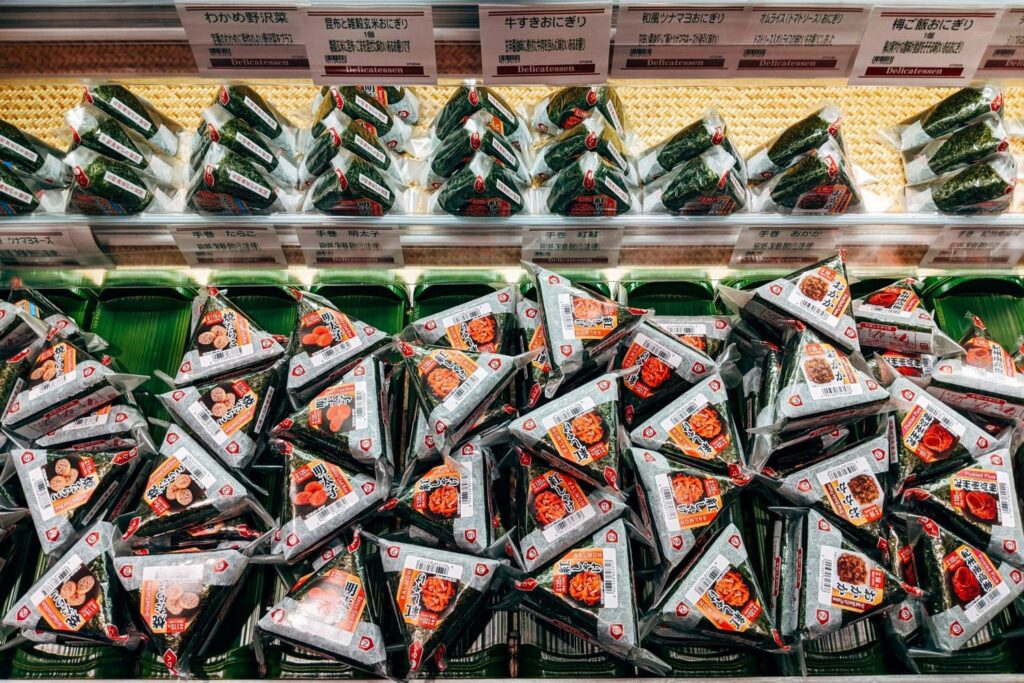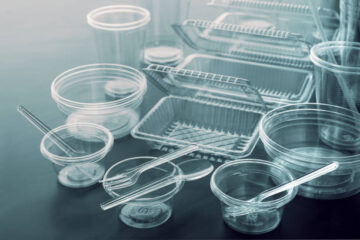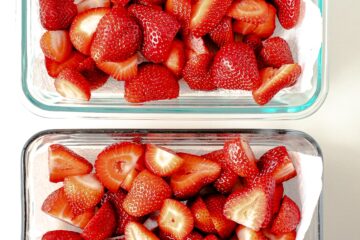It’s frustrating to buy food only to have it go bad sooner than expected. But what if the package itself could help? Today’s packaging is becoming smarter—not in a complex, tech-heavy way, but through simple, thoughtful designs that make a real difference in keeping food fresh.
You’ve probably already noticed some of these improvements without realizing it. Many bags and containers now include tiny vents that allow just the right amount of air to circulate. This helps products like lettuce and berries stay fresh longer by reducing moisture buildup—one of the main reasons food spoils quickly.
Other packages feature lightweight, yet stronger materials that are better at keeping out oxygen, which causes spoilage. They might look like ordinary packaging, but they’re doing extra work behind the scenes. Some even have a layer made from natural, plant-based sources, making them more environmentally friendly.
Then there are the small but clever additions—like the absorbent pads you sometimes see under meat or fruit. These aren’t just for soaking up liquid; they’re designed to keep the food at its best for as long as possible.
What does this mean for you? It means your groceries stay fresh days longer. It means less food gets thrown away, which is better for your budget and the planet. And it doesn’t require any extra effort—just look for packaging that emphasizes longer freshness or reduced waste.

You’ll find these innovations in everyday items: milk cartons that block light to maintain freshness, resealable bags that keep snacks crispy, and produce containers designed to minimize bruising and spoilage.
It’s packaging that works quietly but effectively—helping you make the most of the food you buy while supporting a more sustainable future. Next time you unpack groceries, take a closer look. That humble package is doing more than you think.


